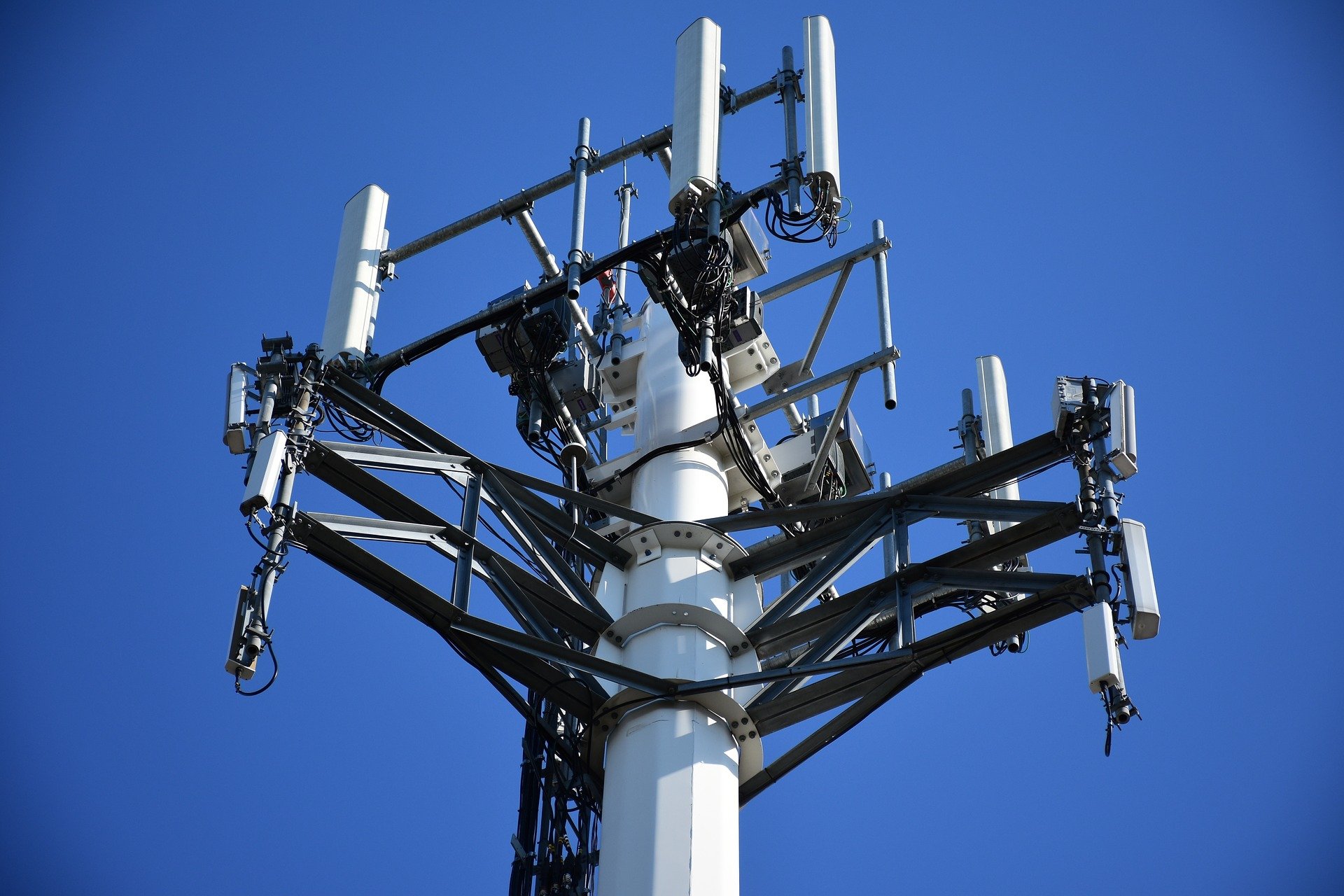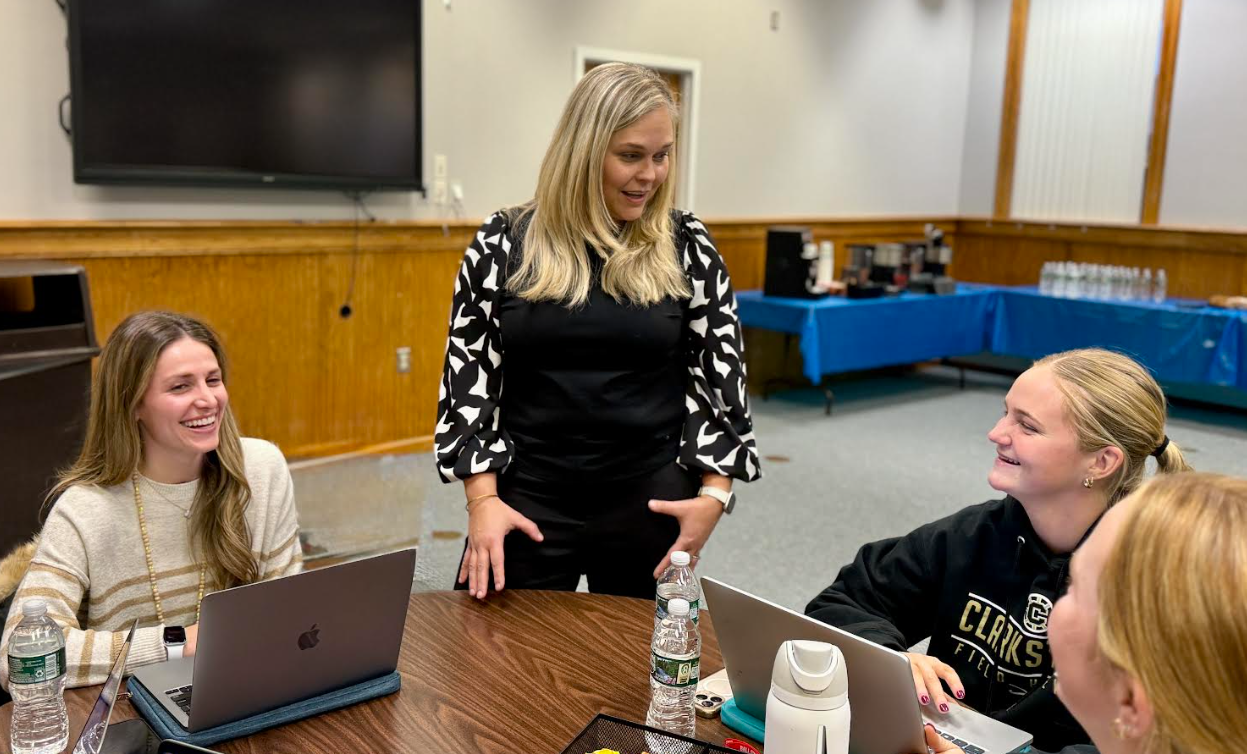Overcoming the Digital Divide: School Districts Create Their Own Wireless Networks
By becoming local internet service providers for select students, schools can lower internet access cost by as much as 75 percent per student

To close the digital divide school districts across the country have paid for internet for students and provided hotspot-enabled devices to students in need. But a number of school districts -- from Rhode Island to California to Texas and in between -- have gone a step further and used pandemic-related funding to invest in infrastructure to bypass internet carriers, in some cases becoming their own internet service providers. Some have laid down broadband cables while others are beaming connectivity into student’s homes with cutting-edge technology.
In some areas these practices were in place prior to the arrival of Covid-19, but efforts intensified and accelerated due to the increased need for connectivity during the pandemic and a growing realization of their potential for cost savings.
Why Can it Be Better Than a Hotspot?
“A hotspot solution is quick--get this to the students or the family. And they can turn it on, press the button: Boom! They have internet,” says Angela Siefer, executive director at the National Digital Inclusion Alliance. “Is it a little bit unstable sometimes, yes. Kind of expensive, yes. But it works right now.”
If you build your own network, after the initial investment, the cost will be lower, the connection should be more stable, and you are in control, Siefer says. “When you're working with someone else who's providing this really essential service to your students, you rely upon the decisions that they make, the priorities that they have, which may not be your priorities,” she says.
What Technology is Used?
Schools are providing direct internet access to students in a variety of ways. In some cases, they are running their own fiber optics cables to specific areas; in others, they are using antennas to beam internet signals over short distances on airwave spectrums licensed by the FCC.
In the Murray City School District of Utah, efforts that began before the pandemic to connect more than 4,500 students have recently intensified. The district’s technology coordinator, Jason Eyre, explains this is done using LTE radios that transmit internet signals to students. “It's a technology that the FCC has called Citizens Broadband Radio Service (CBRS),” Eyre says. “It's a specific type of LTE that's made available to businesses and community people.”
In San Antonio, Texas, the city has begun to provide internet access to 20,000-plus students utilizing small cell antennas. In many areas they had to place antennas where the signal would not be blocked by trees. “The technical challenge is how do you either penetrate through the canopy or how do you go over that canopy to provide that signal,” says John Rodriguez, assistant IT director for the city. They were able to solve this issue by mounting the antennas on school buildings, city-owned radio towers, and other city buildings and properties with high elevation spots.
Tools and ideas to transform education. Sign up below.
How Much Less Expensive is It?
Rodriguez estimates that providing internet access by using small cell antennas can cost as little as $4 per student per month as opposed to $20 per month with a discounted rate from a commercial carrier. Connectivity is also better overall. “It's a very robust service, it can be much better than you would get from a carrier, simply because you're focusing bandwidth within that neighborhood,” Rodriguez says.
But administrators should be aware that currently bandwidth purchased with the E-rate discount can not be used for these type of programs. “The E-rate does not allow you to provide services off of your campus,” Erye says. “So we've had to buy additional bandwidth and make sure that we route our LTE network through that bandwidth so that we're not taking subsidized circuits and providing off campus services there.”
Educators are hopeful this restriction may be lifted in the future.
Is It Just for Students?
Oftentimes, internet provided by school districts is limited to students with a school-issued device, but student-centered internet is serving as a model for municipalities that want to take more ownership of their own community bandwidth capabilities.
Candelaria Mendoza, Smart City Coordinator for San Antonio, says that at the same time students stopped going into classes many of their parents lost their jobs. “People were being laid off and needed to apply for Workforce Development, and if you don't have a computer, if you don't have internet access, how are you doing that?” Mendoza says.
Siefer says if more of these programs could eventually provide access to households, it would help everyone. “Students need supportive adults in their lives,” she says. “And those adults need internet access. So this really gets at that bigger household problem.”
If I Want To Implement This in My District, What Should I Do?
The Murray City School District of Utah was able to launch its program thanks to help from the state and is now serving as a model for similar efforts in Utah.
Erye recommends that school officials look for resources beyond their districts. “Don't go out at all by yourself if you don't have to,” he says. “Look to service centers, look to statewide organizations, and start a little bit bigger than yourself if you can. If you can't, there are solutions, such as cloud computing and other things you can buy ‘off the shelf,’ so to speak.”
Amina Fazlullah, policy counsel at Common Sense Media, says the pandemic has really highlighted the digital divide and homework gap, and there is much more enthusiasm for fixing these problems then previously. “My advice is to take advantage of this moment,” Fazlullah says.
Every school should develop a detailed and high-quality assessment of student, school, and teacher needs, and share that data with policy makers. “I think there are going to be folks within the local, state, and federal governments who are able to actually push changes in policy,” she says.
Why Are More Schools Considering It?
Jennifer Covington, superintendent of the Murray City School District, says that beyond the technical challenges and price points, these types of programs can be vital for increasing educational equity. “Technology will never replace good teaching, but technology enhances good teaching, and our students, every single one of them no matter what their background is, deserve to have the ability to have that equal playing field,” Covinton says. “I really think that school systems need to look at this because that educational equity divide with regard to technology is huge.”
Erik Ofgang is a Tech & Learning contributor. A journalist, author and educator, his work has appeared in The New York Times, the Washington Post, the Smithsonian, The Atlantic, and Associated Press. He currently teaches at Western Connecticut State University’s MFA program. While a staff writer at Connecticut Magazine he won a Society of Professional Journalism Award for his education reporting. He is interested in how humans learn and how technology can make that more effective.

